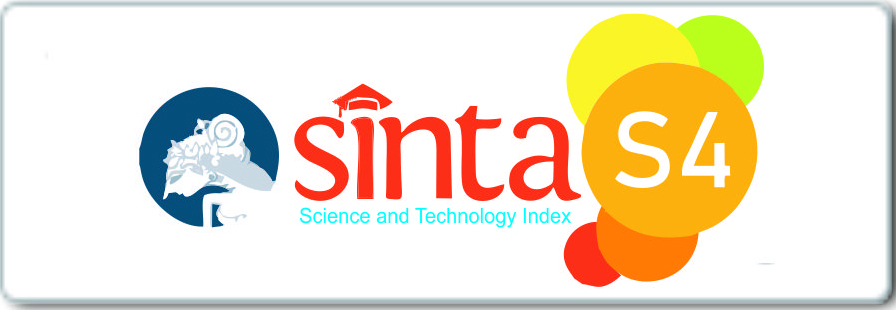Using Illustrated Books with Surabayan Dialect to Promote Regular Child Dental Visits in East Surabaya Public Health Center
Downloads
Profil Sekolah di Kecamatan Sukolilo Kota Surabaya, diakses dari
http://sekolah.data.kemdikbud.go.id. Terakhir diakses : Februari 2018.
Neira D, Pangastuti MD, Huda A, et al. 2017. Gambaran Tingkat Keparahan Karies dan Body Mass Index (BMI) Pada Siswa SDN di Wilayah Kerja Puskesmas Keputih Kota Surabaya. Laporan Epidemiologi PKL Fakultas Kedokteran Gigi Universitas Airlangga
Nofarida A, Giffari FZ, Nurazizah A, et al. 2018. Analisis Karakteristik Ibu Terhadap Keputusan Membawa Anak Ke Layanan Kesehatan Gigi Dan Mulut Di Wilayah Keputih Kota Surabaya. Laporan Epidemiologi PKL Fakultas Kedokteran Gigi Universitas Airlangga.
Gharlipour, Z., Hazavehei, S. M. M., Moeini, B., Nazari, M., Beigi, A. M., Tavassoli, E., & Barkati, H. 2015. The effect of preventive educational program in cigarette smoking: Extended Parallel Process Model. Journal of education and health promotion, 4.
Bozorgmehr, E., Hajizamani, A., dan Mohammadi, TM. 2013. Oral Health Behavior of Parents as a Predictor of Oral Health Status of Their Children. ISRN Dent, Vol. 2013, Article ID 741783, 5.
Lina N, Nila SD. Hubungan Pendidikan, Pengetahuan dan Perilaku Ibu terhadap Status Karies Gigi Balitanya. Dentika Dental Journal 2010;15(1):37-41.
Sumerti, NN. 2013. Faktor-faktor yang berhubungan dengan perilaku ibu dalam deteksi dini karies gigi pada anak balita di Kecamatan Kuta Utara Kabupaten Badung. Jurnal Kesehatan Gigi. Vol.1(1):6.
Eddy, F. N. A. E., & Mutiara, H. 2015. Peranan Ibu dalam PemeliharaanKesehatan
Halim MP. 2012. Peran orang tua terhadap pemeliharaan kesehatan gigi dan mulut anak dan status kesehatan gigi dan mulut anak kelas II SD St Yoseph 1 Medan. Medan: Universitas Sumatera Utara.
Sulistiono, T. 2016. Efektivitas Penggunaan Bahasa Jawa Dalam Promosi Kesehatan Gigi Dan Mulut Untuk Menurunkan Skor Plak Gigi Pada Anak Usia 6-8 Tahun di Mim Klaseman Gatak Sukoharjo. Surakarta: Universitas Muhammadiyah Surakarta.
This is an open access journal, and articles are distributed under the terms of the Creative Commons Lisence, which allows others to remix, tweak, and build upon the work non-commercially, as long as appropriate credit is given and the new creations are licensed under the identical terms.
Copyright notice:
IJDM by UNAIR is licensed under a Creative Commons Atribusi 4.0 Internasional.
- The journal allows the author to hold the copyright of the article without restrictions.
- The journal allows the author(s) to retain publishing rights without restrictions.
- The legal formal aspect of journal publication accessibility refers to Creative Commons Attribution (CC BY)
















